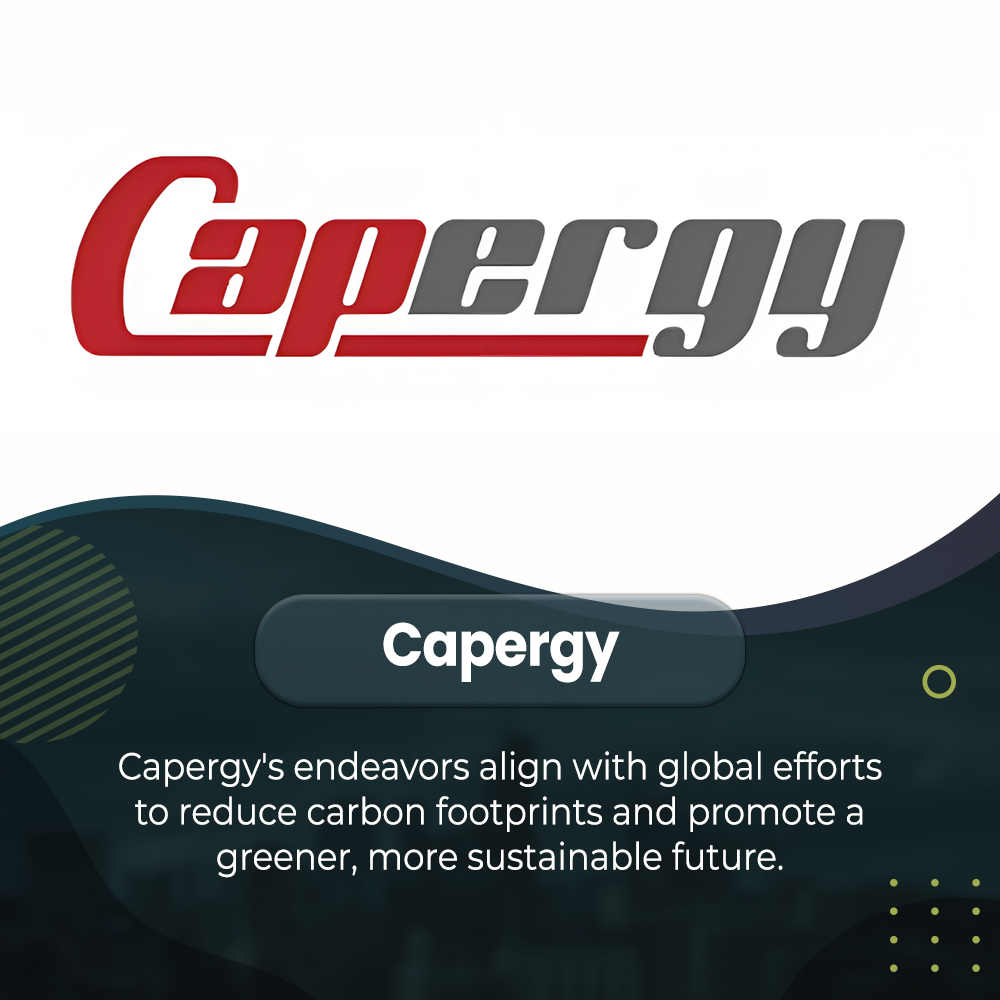
In the quest for sustainable energy solutions, solar wind farms have emerged as a beacon of hope, offering a transformative approach to large-scale power generation. These innovative projects leverage the abundant resources of sunlight and wind, combining solar photovoltaic (PV) panels and wind turbines to produce electricity on a grand scale. As the world seeks to transition away from fossil fuels and embrace cleaner alternatives, solar wind farms have captured the imagination of policymakers, investors, and environmentalists alike. In this comprehensive exploration, we delve into the intricacies of solar wind farms, examining their design, operation, environmental impact, economic implications, and prospects.
The Concept of Solar Wind Farms
At its core, a solar wind farm represents a synergistic marriage of solar and wind energy technologies. By harnessing both sunlight and wind, these projects offer a more reliable and consistent energy supply compared to standalone solar or wind installations. Solar panels convert sunlight into electricity through the photovoltaic effect, while wind turbines capture the kinetic energy of the wind to generate power. Integrating these technologies within a single infrastructure enables solar wind farms to maximize energy production potential and optimize overall efficiency.
Design and Layout of Solar Wind Farms
The design and layout of a solar wind farm are critical factors that determine its success and effectiveness. Site selection is paramount, with factors such as solar irradiance, wind speed, topography, and land availability influencing decision-making. Once engineers identify a suitable location, they meticulously plan the layout of the farm, strategically placing solar panels and wind turbines to maximize energy capture. Optimizing the orientation and configuration of these components ensures optimal performance and minimizes land use while also adhering to environmental regulations and community preferences.
Operation and Maintenance
Effective operation and maintenance practices are essential for ensuring the long-term reliability and performance of a solar wind farm. Operators employ a proactive approach, leveraging advanced monitoring systems and predictive analytics to detect issues and optimize performance in real time. Operators carry out routine maintenance activities, such as equipment inspections, lubrication, and cleanliness checks, to prevent downtime and ensure peak efficiency. Moreover, ongoing training and skill development initiatives empower personnel to address operational challenges confidently, fostering a culture of excellence and continuous improvement.
Environmental Impact and Sustainability
Solar wind farms offer numerous environmental benefits compared to traditional fossil fuel-based power plants. By harnessing renewable energy sources, these projects reduce greenhouse gas emissions, mitigate air pollution, and alleviate the strain on finite natural resources. Furthermore, solar wind farms have a minimal land footprint and can be designed to minimize habitat disruption and preserve biodiversity. Their sustainable operation aligns with global efforts to combat climate change and transition to a low-carbon economy, making them an integral component of the renewable energy landscape.
Economic Considerations and Benefits
In addition to their environmental merits, solar wind farms deliver compelling economic benefits, driving job creation, stimulating local economies, and enhancing energy security. These projects generate employment opportunities across various stages of the project lifecycle, from construction and installation to operation and maintenance. Moreover, they offer long-term cost savings by reducing dependence on volatile fossil fuel markets and mitigating the risks associated with fluctuating energy prices. As renewable energy technologies mature and economies of scale are realized, solar wind farms are poised to emerge as engines of economic growth and prosperity in communities worldwide.
Future Outlook and Expansion
The future of solar wind farms is imbued with promise and potential, propelled by ongoing technological advancements, policy support, and market demand. As governments, corporations, and communities embrace renewable energy targets and climate mitigation goals, the demand for solar wind farms is expected to surge. Moreover, innovations such as energy storage integration, grid modernization, and hybridization with other renewable energy sources will further enhance the efficiency, reliability, and flexibility of solar wind farms, paving the way for their widespread adoption and scalability. As we navigate the complexities of climate change and environmental degradation, solar wind farms offer a beacon of hope, illuminating a path toward a brighter and more sustainable future for generations to come.
Solar wind farms represent a transformative force in the global energy landscape, offering a scalable and sustainable solution to the challenges of climate change and energy security. By harnessing the complementary strengths of solar and wind energy, these projects exemplify the potential of renewable energy technologies to drive positive change and create a more sustainable future for all. As we continue to explore innovative approaches to power generation, solar wind farms stand out as a shining example of what is possible when we harness the power of nature to meet our energy needs.